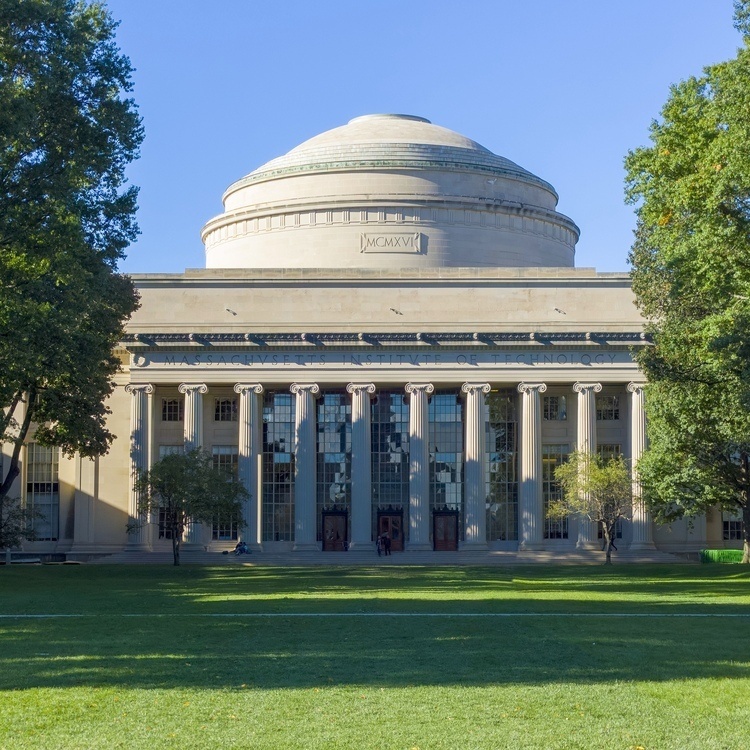
NeuroLunch: Andrii Zahorodnii (Yang Lab) & Jaehong Park (Wang Lab)
Description
Andrii Zahorodnii: How artificial and biological neural networks overcome sensory-memory interference
Abstract: The same sensory pathways that receive information to be remembered are constantly bombarded by new sensory experiences. This leads to interference between sensory and memory representations. It remains largely unknown how the brain overcomes this sensory-memory interference problem. We addressed this question in recurrent neural networks (RNNs), and compared our results with neural data from two macaque experiments. We found an infinite RNN solution space for this task, with many distinct mechanisms all performing similarly well. Within this space, RNNs trained with gradient descent tended to interpolate between two mechanisms. Neural data from macaque brain area MST was most aligned with another combination of solutions. Our findings suggest that the use of combinatorial solution spaces reflects a common strategy used by both biological and artificial networks to solve cognitive tasks.
Jaehong Park: Larynx Physiology: Understanding Vocal Cord Dysfunction at Cellular and Systems Levels
Abstract: Vocal cord function needs to be precisely and robustly controlled, as it plays a critical role in essential orofacial behaviors such as breathing, swallowing, and vocalization. The hindbrain circuits are known to control these vocal cord functions and coordinate them with ongoing breathing. However, the neural mechanisms underlying the control of vocal cord movements remain unclear due to the heterogeneous circuits in the hindbrain. In this talk, I will first present my thesis work, which investigates the precise brainstem mechanisms of vocal cord control using a mouse vocalization model. Second, I will introduce my research program that explores the precise mechanism of vocal cord-breathing coordination and reveals the pathogenesis of vocal cord dysfunction at cellular and systems levels. Lastly, I will wrap up my presentation with my long-term vision.

